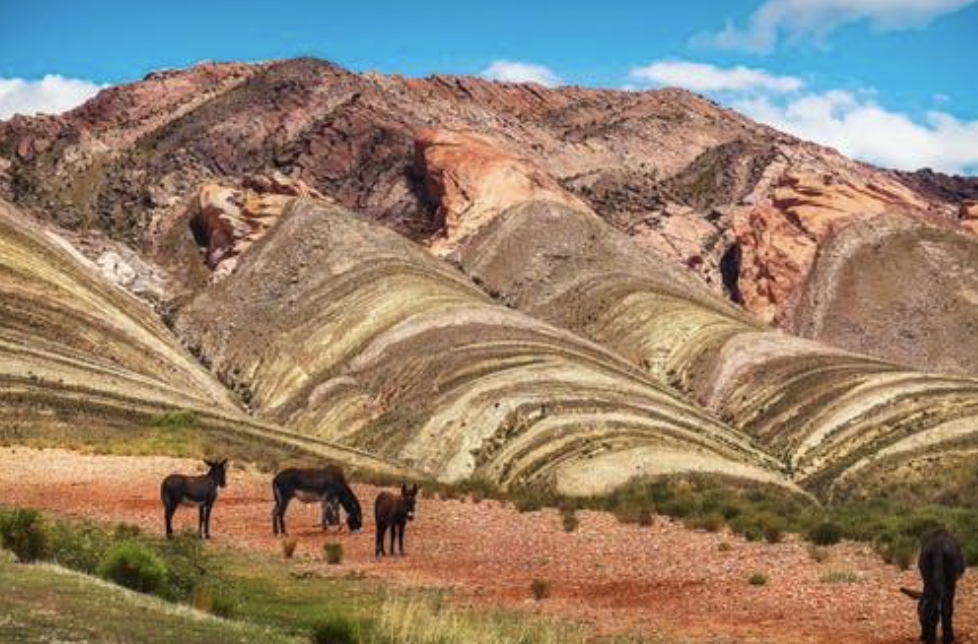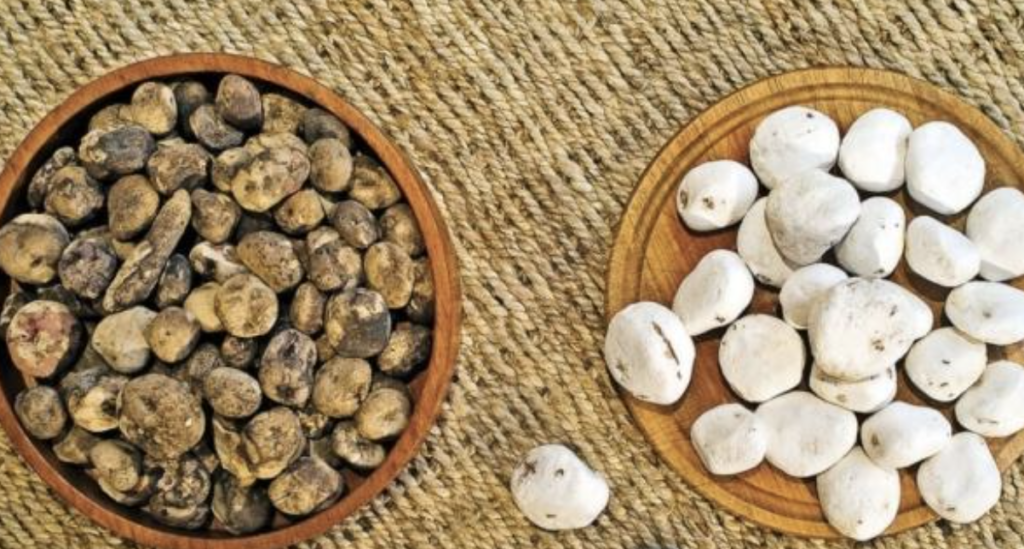Latin America is the most urbanized region in the world. In the last decade, already 80% of its population lived in urban areas. By 2021, 35% of the population lived in cities of 1 million or more inhabitants. The high rate of migration to cities also makes it the most unequal region in the world.
Our story refers to two indigenous border communities in Chile and Argentina, which share traditional knowledge: one Aymara and the other Quechua. The Aymara community lives in the north of Chile, in Arica, in the Tarapacá region, where the Parinacota National Park is located. The Quechua community is located in Jujuy, in the Humahuaca region.

In the last three years, the pandemic, the economic crisis and inflation have generated a lot of shortages in urban migrant families, which has motivated the return to their communities of origin to alleviate their needs.
The intergenerational transmission of traditional knowledge project, aim at addressing climate change, under the leadership of the Center for Indigenous Communication and Research “Chaski Nayrampi”, with the the participation of young people, women and leaders of the Omaguaca, Kolla, Aymara, and Lickanantay indigenous peoples of northern Chile and Argentina.
Therefore, families that returned to their communities have promoted the recovery of traditional knowledge in agriculture and management of medicinal plants to face the effects of climate change. Grandparents, who still preserve traditional knowledge, are found in rural areas and are the natural leaders who lead intergenerational teaching processes.

Hence, their leadership is manifested in their actions as healers, as producers and as knowers of community history. The elders know how and where traditional foods and medicinal plants are grown, harvested and preserved. They are the teachers who, with the help of the younger ones, are willing to share their knowledge so that it does not disappear.
At 3,500 high altitude and more than 4,000 meters above sea level, in the Andes there are agricultural areas where indigenous peoples produce traditional food. One of their main products is the potato, from which chuño is made during the winter, based on a dehydration process that allows it to be stored for decades, preserving its nutritional properties.
A producer explains: “It can last for years, as long as it is kept in dry places. For example, I have some chuños stored that are more than 15 years old, they are still intact. They have to be kept in dry places. […] it can last for years and it will never lose its quality, […] the stored fruit does not lose its nutritional flavor and vitamins. We will always be saving, with this chuño we will always live well, you see, scientifically it’s already authorized for human consumption”.
The traditional process requires, the potato to be exposed to the intense winter frosts in the Altiplano, thus, freezes and during the day, in a collective practice, the families step on the potato to extract the internal water from the tuber. This process is repeated until the chuño is obtained. The elders teach the youngsters how to process the chuño, separating it by quality and size, one part will be destined for family consumption and the other for the market.
Building therefore, this immense contribution of the ancestors who developed this technology! Today, through biotechnology, it is being perfected for use in a process called freeze-drying. In other words, frozen products are dried; the food industry is initiating a large-scale process to freeze not only potatoes, but also vegetables, fruits and meats without a cold chain. Therefore the recovery of chuño processing technology is fundamental because it contributes to Well Being of the community enhancing the food security and health.

This cultural practice is a reflection of their autonomy to decide how to organize best them-selves at the community level, allowing the establishment of internal agreements. In these indigenous communities, leadership falls on both male and female elders and healers depending on the knowhow of the ancestral practice. An example of these is the importance of recovering seeds, medicinal plants and waste management, because they see the importance of achieving harmony in the communities’ environment.
- CEPAL Notes. 2013. “La urbanización presenta oportunidades y desafíos para avanzar hacia el desarrollo sostenible”. Nr. 13, August, 2013. Available at: https://www.cepal.org/notas/73/Titulares2#:~:text=Am%C3%A9rica%20Latina%20es%20la%20regi%C3%B3n,alza%2C%20pero%20a%20ritmos%20decrecientes. Visited July 13, 2022.
- Parinacota National Park is located on the border with Bolivia, and is at an altitude of approximately 4,000 meters above sea level, framed by huge mountains and a lake, is the entrance to the driest desert in the world, has the category of national park because it preserves along with its neighbor, the Sajama National Park in Bolivia.
- The Humahuaca Gorge has arid and semi-arid soils, in this habitat is maintained a small-scale family farming. Culturally, the site is home to a unique cultural wealth and was declared a World Cultural Heritage Site by UNESCO in 2003.
- Over time, migration increases the risk of losing traditional knowledge, culture and identity that were learned in the communities, since they are transmitted orally, as well as the prevalence of lifestyles that are totally different from the rural environment.
- Interview conducted in 2020 with organizers of project 11.13
- Smink, Verónica. 2011. “Proponen método para conservar alimentos fuera de la nevera”. In: BBC Mundo, Argentina. November 17th, 2011. https://www.bbc.com/mundo/noticias/2011/11/111117_argentina_conservar_alimentos_sin_frio_lav. Visited July 13, 2022.
